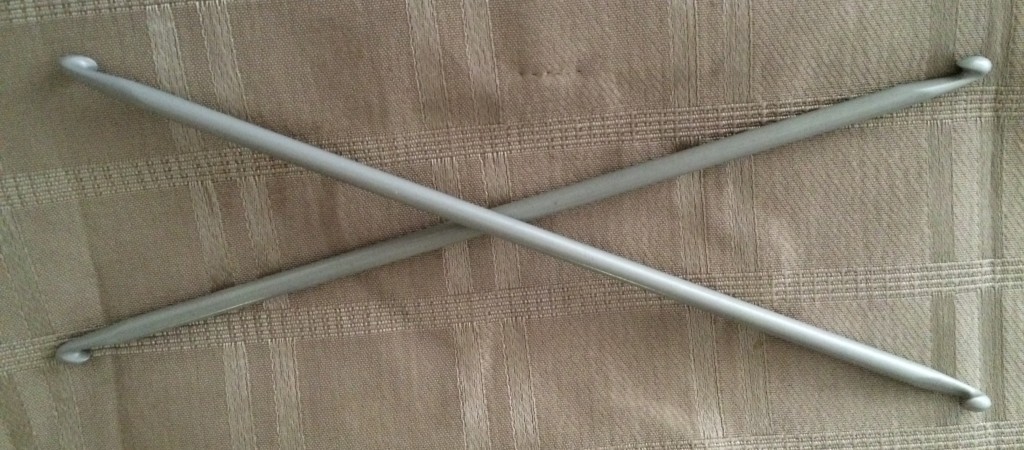Tension and Gauge Swatches
Make your garment the same size as the pattern intended
Gauge swatches are a fundamental tool in the world of crochet and knitting.
They typically measure 4 inches or 10 centimeters square, and their purpose is to ensure that your project turns out just right.
New Project New Swatch
When you embark on a new project, the pattern provides guidelines, specifying the ideal hook size and yarn to use.
However, in the real world of crafting, we often find ourselves reaching for the yarn that’s readily available, and it may not match the pattern’s recommendations.
This seemingly small deviation can lead to a project that turns out either too large or too small compared to what the pattern intended.
This is where the importance of making a gauge swatch, or as some call it, a tension square, becomes evident.
A gauge swatch is your safeguard against potential mishaps in your crafting journey.
How To Create a Guage Swatch
To create a gauge swatch, you select the yarn you intend to use and pair it with the hook you plan to work with.
Then, you crochet a small square that adheres to the pattern’s specifications for the gauge.
This usually involves making a square that’s 4 inches by 4 inches or 10 centimeters by 10 centimeters.
Too Big or Too Small
- If the swatch is too small then you should use a larger hook.
- If the swatch is too big then you should use a smaller hook.
The idea is to use the hook that results in the same measurements as the original pattern.
Tension
The purpose of this little square is to test your tension, which is how tightly or loosely you crochet. Everyone’s tension can vary slightly, and it can even change from project to project.
By creating a gauge swatch, you can see if your tension matches the pattern’s requirements.
If your square turns out too large, it indicates that you are crocheting too loosely.
Conversely, if it’s too small, you’re crocheting too tightly.
The beauty of the gauge swatch is that it allows you to make adjustments before you dive into the main project.
If your swatch doesn’t meet the pattern’s gauge, you can experiment with different hook sizes until you achieve the correct tension.
This small but essential step can save you hours of work and prevent the disappointment of ending up with a project that doesn’t fit or look as intended.
When to Do a Gauge Swatch
Size and tension matters more in garments that have to fit like clothes rather than blankets or throws which are still ok if they are a little bigger or smaller.
When you start a new pattern always do a test swatch to make sure you will have the correct size at the end.
A Practice Run
So, in the world of crochet, the gauge swatch is like a practice run, a test drive, ensuring that your creativity aligns with the pattern’s specifications.
It’s a valuable tool that empowers you to take control of your crafting and achieve the desired results.
Remember, while the initial excitement of starting a new project can be irresistible, taking the time to create a gauge swatch is a wise and caring step that ensures your crafting journey is smooth and successful.

Author Bio
Alison Heathcote, a passionate crochet enthusiast and dedicated business blogger, combines her love for crafting and entrepreneurship to inspire and connect with others.
With a knack for transforming yarn into beautiful creations and a flair for sharing valuable insights about running a successful crochet business, Alison embodies the perfect blend of creativity and practicality.
More Articles
If you enjoyed this post and crochet is your thing, you may like some other crochet articles from our blog.

Types of Crochet
Entrelac crochet Entrelac crochet is a method of working on the side of previously crocheted pieces. The rows go in different directions and not just straight up. It creates an interesting piece and is strong. This method is usually done with color as the defining...

Learn to Read a Crochet Diagram
by Alison Stapleton Features of a crochet diagram pattern In general Reading a written crochet pattern assumes many things. Such as: That you can read English That you use either UK or USA stitch names That the pattern is written correctly That the pattern...
No Results Found
The page you requested could not be found. Try refining your search, or use the navigation above to locate the post.